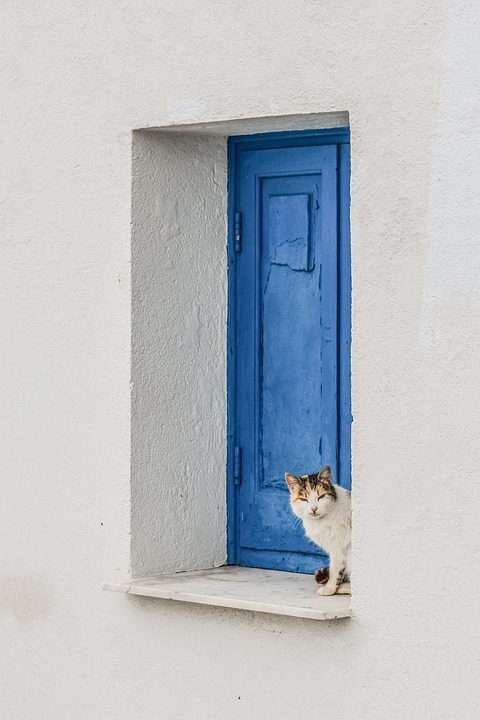Cat Eye Discharge: Understanding Causes and Finding Solutions
Cats are known for their mesmerizing eyes, but when they start to show signs of eye discharge, it can be a cause for concern. Cat eye discharge refers to the presence of any abnormal fluid or substance in and around the eyes. This can range from mild tearing to thick, mucus-like discharge. Understanding the causes behind cat eye discharge and finding suitable solutions is crucial for maintaining your feline friend’s eye health. In this article, we will delve into the common causes of cat eye discharge and provide helpful solutions to address them.
Causes of Cat Eye Discharge
1. Conjunctivitis: Conjunctivitis, also known as pink eye, is a common cause of cat eye discharge. It occurs when the conjunctiva, the thin membrane covering the inner surface of the eyelids and the whites of the eyes, becomes inflamed. Conjunctivitis can be caused by viral or bacterial infections, allergies, foreign objects, or underlying health conditions.
2. Upper Respiratory Infections: Cat eye discharge is often associated with upper respiratory infections (URIs). URIs are commonly caused by viruses like feline herpesvirus and calicivirus. These infections can cause inflammation of the eyes along with sneezing, coughing, and nasal congestion.
3. Allergies: Cats, like humans, can develop allergies to various environmental factors such as pollen, dust mites, mold, or certain foods. Allergic reactions can lead to itchy, watery eyes and eye discharge.
4. Corneal Ulcers: Corneal ulcers are open sores on the surface of the cornea, the transparent outer layer of the eye. They can result from eye trauma, foreign objects, infections, or underlying health conditions. Corneal ulcers often cause excessive tearing and discharge.
5. Blocked Tear Ducts: Cats have tear ducts that drain excess tear fluid from the eyes. If these tear ducts become blocked due to infection, inflammation, or physical obstructions, eye discharge can occur.
6. Foreign Objects: Cats are naturally curious creatures, and it’s not uncommon for them to get foreign objects, such as dust, grass, or debris, trapped in their eyes. This can cause irritation and lead to eye discharge.
7. Glaucoma: Glaucoma is a serious eye condition characterized by increased pressure within the eye. It can cause eye redness, pain, and discharge. Glaucoma requires immediate veterinary attention as it can lead to permanent vision loss if left untreated.
Finding Solutions for Cat Eye Discharge
1. Regular Eye Cleaning: Maintaining good eye hygiene is essential for preventing eye discharge. Gently clean your cat’s eyes using a soft, damp cloth or a specially formulated eye wipe. Be cautious not to touch the eye directly and use a separate cloth for each eye to prevent cross-contamination.
2. Veterinary Consultation: If your cat’s eye discharge is persistent, severe, or accompanied by other symptoms, it’s crucial to seek veterinary advice. A thorough examination by a veterinarian will help identify the underlying cause and determine the most suitable treatment plan.
3. Medication and Treatments: Depending on the cause of the eye discharge, your veterinarian may prescribe medications such as antibiotics, antivirals, or anti-inflammatory drugs. These treatments aim to address the underlying issue and alleviate the symptoms.
4. Environmental Management: If allergies are suspected to be the cause of eye discharge, identify and minimize exposure to potential allergens. Keep your cat’s living area clean, use hypoallergenic bedding, and consider air purifiers to reduce airborne allergens.
5. Surgery or Intervention: In cases where physical obstructions or conditions like glaucoma are causing the eye discharge, surgical intervention or specialized treatments may be necessary. Your veterinarian will guide you through the available options.
FAQs (Frequently Asked Questions)
1. Can I use human eye drops to treat my cat’s eye discharge?
It is not recommended to use human eye drops on cats without veterinary guidance. Some human eye drops may contain ingredients that are harmful to cats. Consult your veterinarian for appropriate eye drops or ointments specifically formulated for cats.
2. Is cat eye discharge contagious to humans or other pets?
Some causes of cat eye discharge, such as infections, can be contagious to other cats but are typically not contagious to humans. However, it’s essential to maintain good hygiene and avoid direct contact with the discharge to minimize any potential risks.
3. Can I prevent cat eye discharge?
While not all cases of cat eye discharge can be prevented, maintaining good overall feline health, regular veterinary check-ups, and prompt treatment of any underlying conditions can significantly reduce the likelihood of eye discharge.
4. When should I seek veterinary care for my cat’s eye discharge?
It is advisable to seek veterinary care if your cat’s eye discharge is persistent, severe, accompanied by other symptoms, or if your cat appears to be in discomfort. Timely veterinary attention can help diagnose the underlying cause and prevent potential complications.
Remember, the information provided in this article is for informational purposes only and should not substitute professional veterinary advice. If you have concerns about your cat’s eye health or any other medical conditions, consult your veterinarian for proper diagnosis and treatment.








